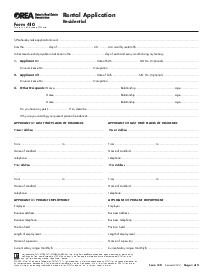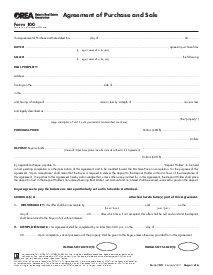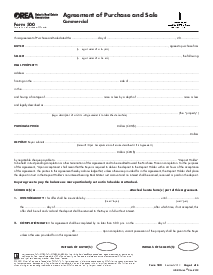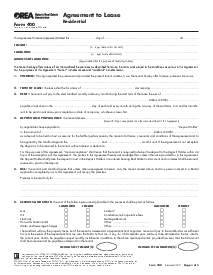-
Templates
1099 FormsAccurately report 1099 information returns and ensure IRS filing with easeExplore all templatesW-9 W-8 FormsEasily manage and share taxpayer details to streamline payments and meet IRS requirements with confidenceExplore all templatesOther Tax FormsFillable tax forms simplify and speed up your tax filing process and aid with recordkeeping.Explore all templatesReal EstateReal estate templates for all cases, from sale to rentals, save you a lot of time and effort.Explore all templatesLogisticsSimplify your trucking and logistics paperwork with our ready-to-use transportation and freight templates.Explore all templatesMedicalMedical forms help you keep patient documentation organized and secure.Explore all templatesBill of SaleBill of Sale templates streamline the transfer of ownership with clarity and protection.Explore all templatesContractsVarious contract templates ensure efficient and clear legal transactions.Explore all templatesEducationEducational forms and templates enhance the learning experience and student management.Explore all templates
-
Features
FeaturesAI-Enhanced Document Solutions for Contractor-Client Success and IRS ComplianceExplore all featuresAI Summarizer Check out the featureAI PDF summarizer makes your document workflow even faster. Ask AI to summarize PDF, assist you with tax forms, complete assignments, and more using just one tool.Sign PDF Check out the featurePDFLiner gives the opportunity to sign documents online, save them, send at once by email or print. Register now, upload your document and e-sign it onlineFill Out PDF Check out the featurePDFLiner provides different tools for filling in PDF forms. All you need is to register, upload the necessary document and start filling it out.Draw on a PDF Check out the featureDraw lines, circles, and other drawings on PDF using tools of PDFLiner online. Streamline your document editing process, speeding up your productivity
- Solutions
- Features
- Blog
- Support
- Pricing
- Log in
- Sign Up
OREA Form 200, Listing Agreement, Seller Representation Agreement
Get your OREA Form 200, Listing Agreement, Seller Representation Agreement in 3 easy steps
-
01 Fill and edit template
-
02 Sign it online
-
03 Export or print immediately
Understanding OREA Listing Agreement Form 200
For many homeowners, selling a property can be a daunting task, necessitating a clear understanding of the property sales process. An integral part of this process involves the understanding and application of the OREA (Ontario Real Estate Association) Form 200, also known as the Listing Agreement - Seller Representation Agreement.
This form sets out agreement terms between a property seller and a real estate brokerage, outlining the duties of the agent, the agreed property price, and other essential stipulations.
Purpose of OREA form 200
Form 200 OREA serves as an essential, legally binding contract that records the agreement between the seller and the realtor regarding the terms of selling a property. It lays down the property details, along with the responsibilities and rights of both parties involved.
It also describes the commission to be paid to the broker and includes clauses handling agency relationships, regulatory compliance, and dispute resolution. This agreement tries to protect the interests of both the property owner and the real estate brokerage.
How to Fill Out Form 200 OREA
To fill out the OREA Listing Agreement, Seller Representation Agreement on the PDFliner website, follow these steps:
- Start by identifying the type of agreement you are entering into, which can either be a Multiple Listing Service Agreement or an Exclusive Listing Agreement. Ensure you choose the correct option as this will dictate the terms of the agreement regarding the exposure and sale conditions of your property.
- Enter the start and end date of the listing period, keeping in mind that the listing period must be clearly defined with specific start and end times. This period is negotiable between the seller and the listing brokerage and must adhere to any minimum requirements set by the real estate board if it is an MLS listing.
- If the period extends beyond six months, you will need to initial specifically for this extension.
- Specify the total price of the property for sale in Canadian dollars and confirm the pricing terms, which should have been discussed and agreed upon with the brokerage's representative.
- Confirm no existing listing agreements or commission agreements with other brokerages are in place. This avoids any potential conflicts or legal issues that may arise from overlapping agreements.
- Review and understand the definitions and interpretations section, which clarifies the meanings of key terms used throughout the agreement. This includes definitions for terms like "seller," "buyer," and the scope of what constitutes a sale, including exchanges and options to purchase that are later exercised.
- Acknowledge the brokerage’s right to represent you in the selling process, which includes their ability to provide notices and communications on your behalf regarding any offers to purchase the property. Also, consent to the brokerage listing other properties similar to yours without any conflict of interest claims.
- Understand the implications of dual representation if applicable. If the brokerage represents both a buyer and a seller for the same property, they must maintain impartiality and fully disclose all relevant information to both parties.
- Verify that all commission payment conditions are clear, including the circumstances under which commissions are payable, how they are calculated based on the property’s selling price, and the obligations during the holdover period after the listing period expires.
- Confirm understanding and agreement of the indemnification and insurance clauses, which protect the brokerage against damages or losses that are not a result of their gross negligence or willful act. Ensure that the property is adequately insured and that this insurance covers potential liabilities as specified.
- If necessary, provide spousal consent as required under the Family Law Act, acknowledging that this consent is crucial if applicable to the sale of the property.
- Check that all sections of the form are completely and accurately filled out before applying your initials and signature where required. Remember, you may use send to sign if you need signatures from another party.
- Finally, you may then download the completed form for your records or share it directly via email or a link provided by PDFliner.
OREA form 200 vs 200A
Homeowners may come across both OREA Form 200 and Form 200A when preparing to sell a property. While seemingly similar, there are subtle differences that set these two forms apart. Form 200 is a Seller Representation
Agreement intended for single real estate transactions. Conversely, Form 200A is a Customer Service Agreement designed for non-agency relationships, wherein the realtor essentially serves as a facilitator in the transaction, rather than directly representing the seller.
Fillable online OREA Form 200, Listing Agreement, Seller Representation Agreement



























































